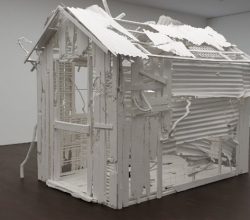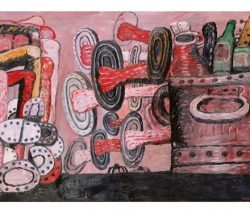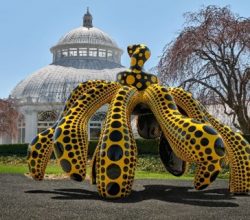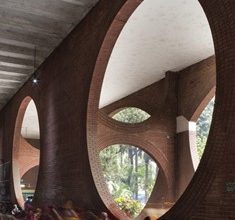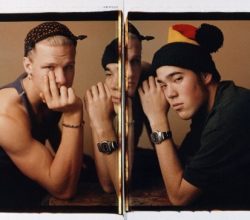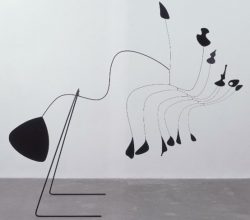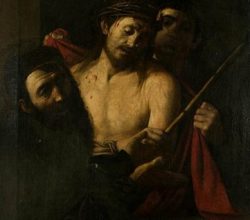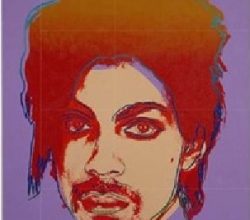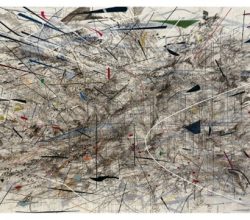
The Swirl of History
Fred Kaplan | Slate | 25th March 2021
The writer greatly admires Mehretu’s retrospective but what is he seeing? She has developed a distinct visual language, of city grid patterns – and more recently photos – overlaid with “ink-and-acrylic swirl storms”. These works, gorgeous, strikingly original and complex, achieve a “fusion of historic sweep and minute human drama [that] is stunning”. Mehretu, he states, is “the most exciting visual artist of our time”.

